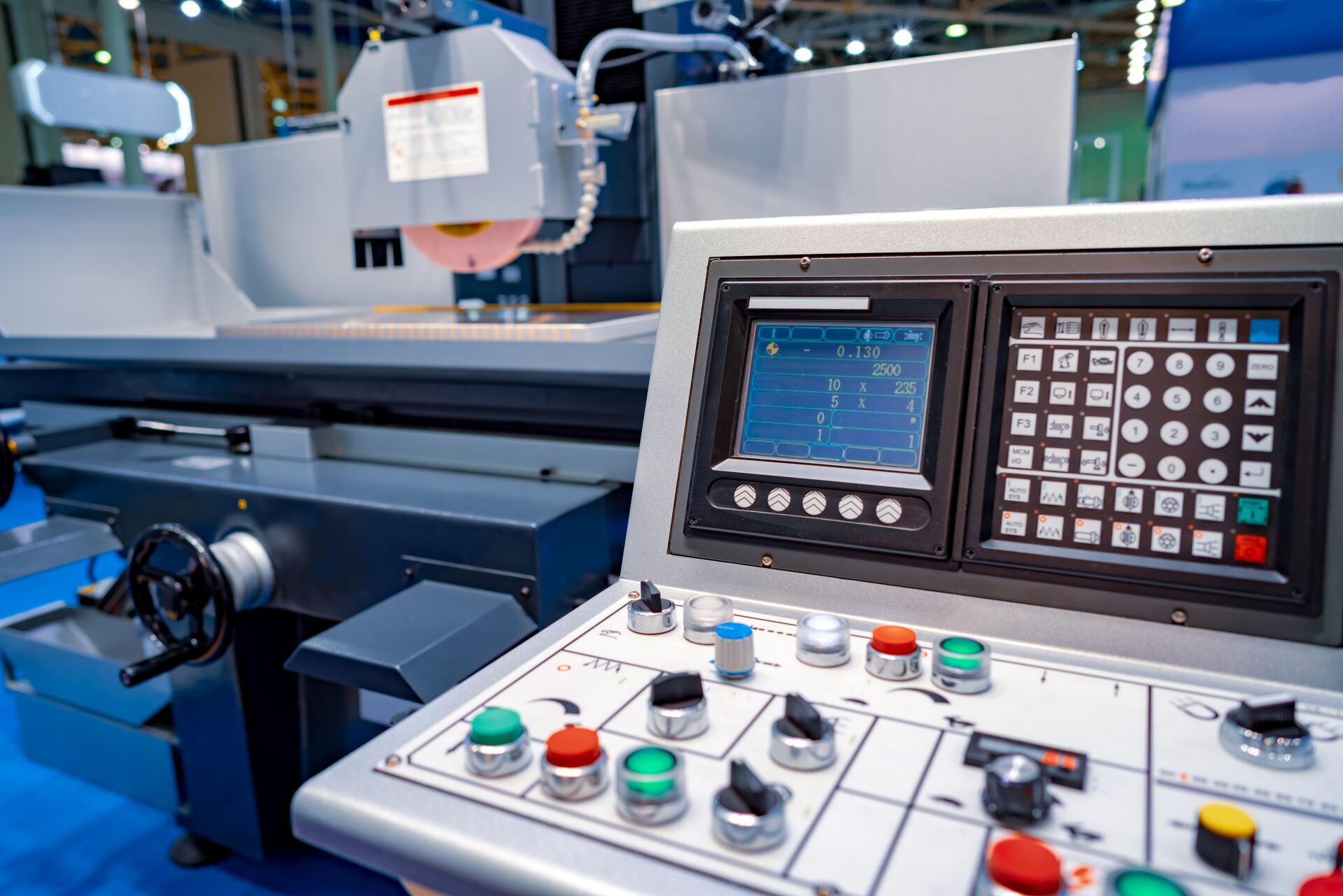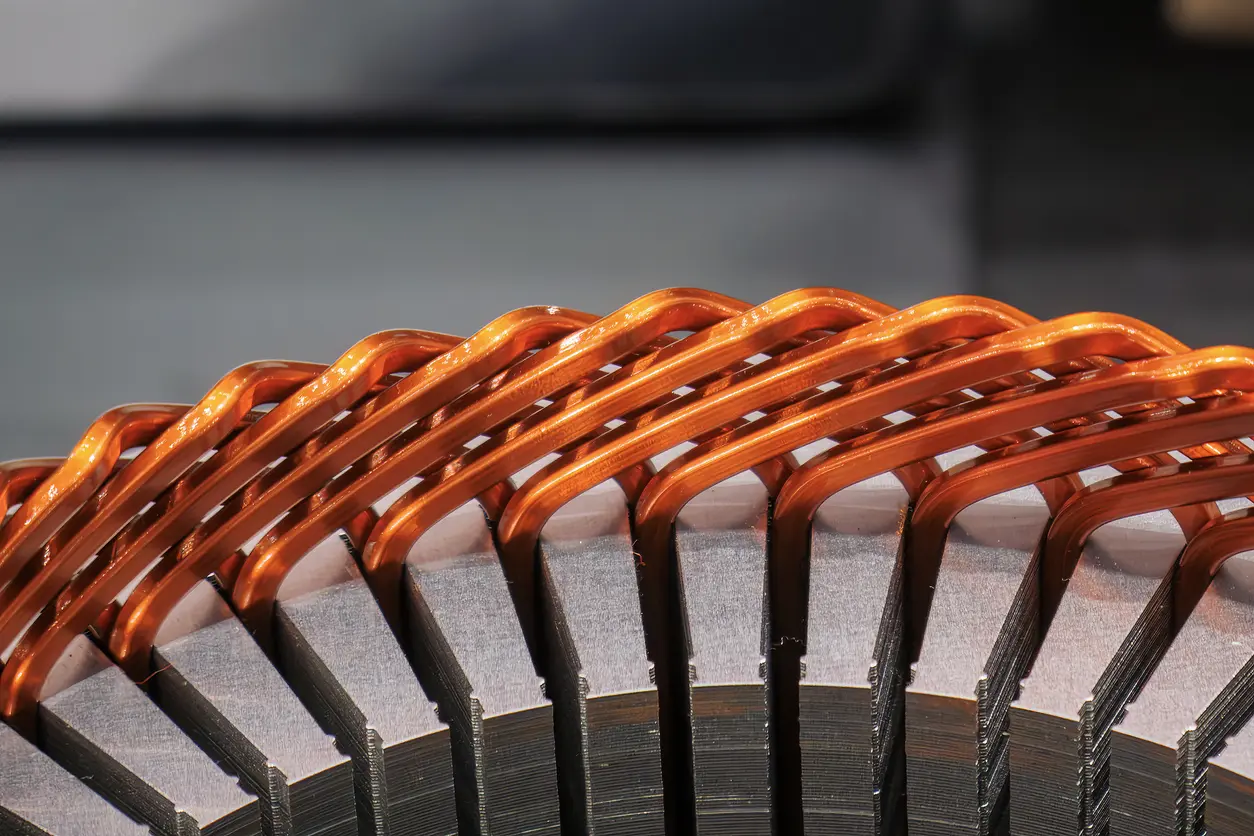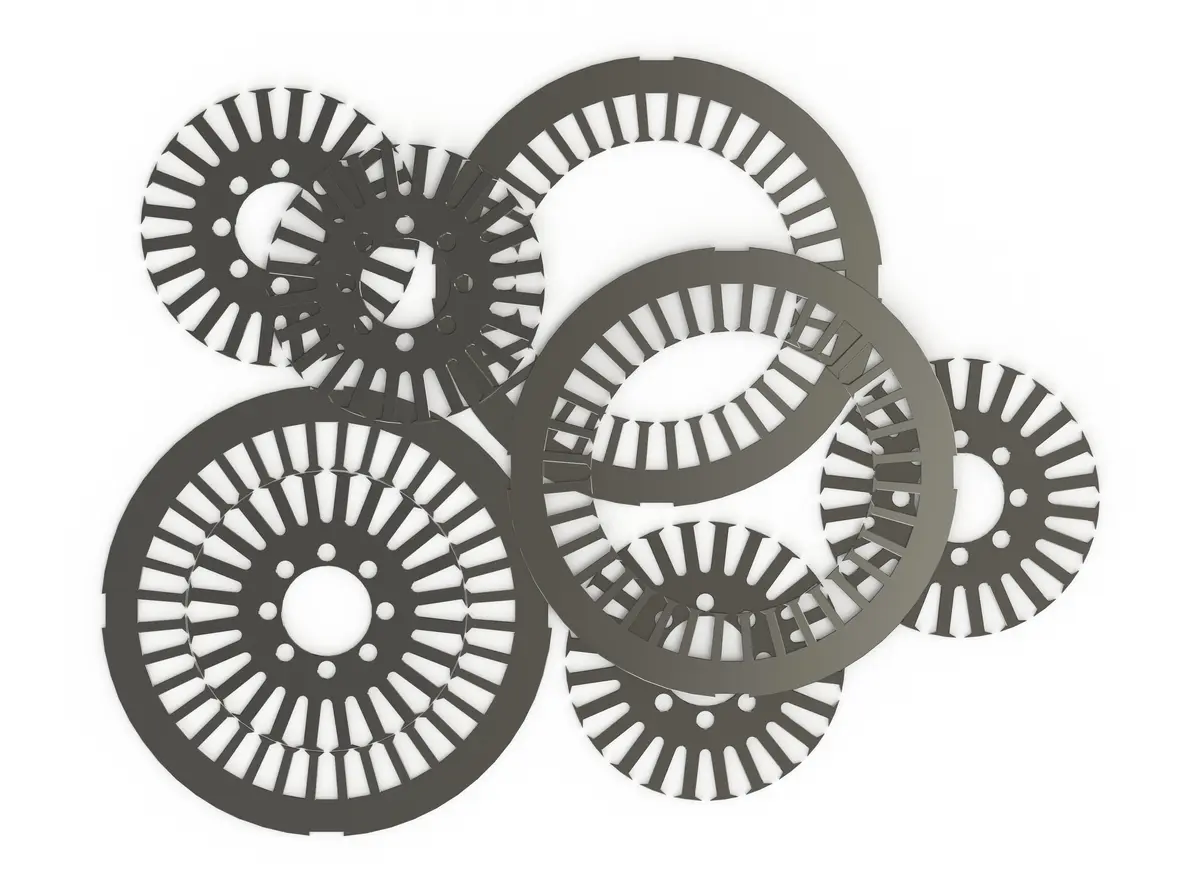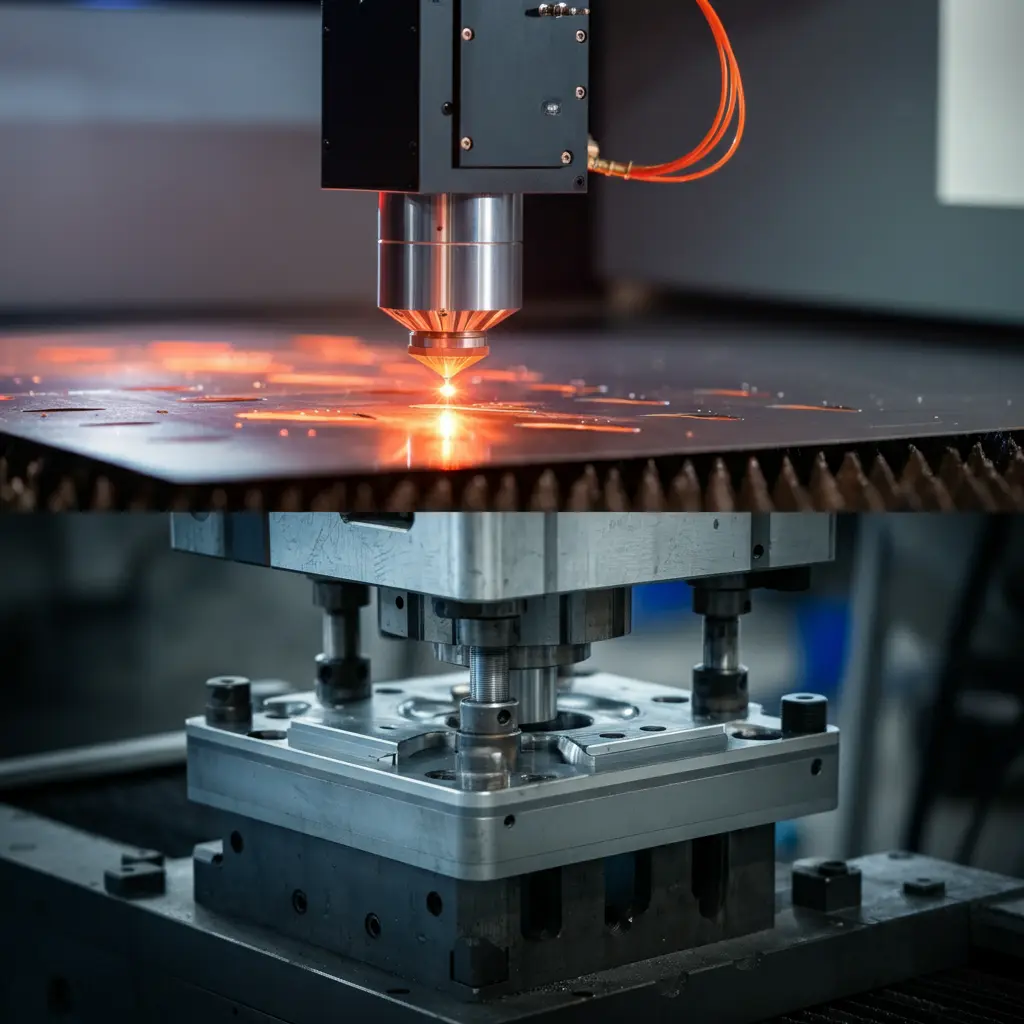1. Introduction
1.1 Overview of CNC machinery and the importance of motor selection
a. Brief explanation of CNC machinery
CNC (Computer Numerical Control) machinery is an indispensable part of modern manufacturing, capable of performing precise automated machining tasks. These machines are widely used across various industries and are controlled by computers that execute complex machining operations such as cutting, milling, drilling, and turning. The precision and efficiency of CNC machinery make it crucial in fields like aerospace, automotive, medical equipment, and electronics manufacturing.
b. Importance of choosing the right motor
Selecting the appropriate motor is critical to ensuring the efficient operation and accuracy of CNC machinery. Different types of motors have distinct advantages and disadvantages, making them suitable for various applications. Stepper motors and servo motors are the two most common types of motors used in CNC machinery. Stepper motors are known for their high precision and simple construction, while servo motors are favored for their high torque and rapid response capabilities. Choosing the right motor can enhance the performance of CNC machines, reduce operational costs, and ensure the stability and reliability of the production process. Therefore, understanding the characteristics and application ranges of these motors is essential for every CNC machine user.
2. Understanding Stepper Motors
2.1 What are Stepper Motors?
a. Definition and basic working principle
Stepper motors are a type of electric motor that move in discrete steps, which are controlled by electrical pulses. Unlike traditional motors that rotate continuously, stepper motors move in fixed increments, allowing for precise control over their position. This is achieved through a series of electromagnetic coils that are energized in a specific sequence, causing the motor’s rotor to move step by step. Each pulse sent to the motor corresponds to one step of movement, making it possible to achieve highly accurate positioning.
2.2 Advantages of Stepper Motors
a. High precision and repeatability
One of the most significant advantages of stepper motors is their ability to provide high precision and repeatability. Because the motor moves in fixed increments, it can accurately position the rotor without the need for feedback systems. This makes stepper motors ideal for applications that require precise control over movement, such as 3D printers, CNC routers, and laser cutters.
b. Simplicity and reliability
Stepper motors are known for their simple construction and reliability. They do not require complex feedback systems or control mechanisms, which simplifies their design and reduces the likelihood of mechanical failure. This simplicity also makes them easier to maintain and troubleshoot, contributing to their overall reliability in various applications.
2.3 Disadvantages of Stepper Motors
a. Torque limitations at high speeds
One of the main drawbacks of stepper motors is their limited torque at high speeds. As the speed of the motor increases, its torque decreases significantly, which can limit its effectiveness in applications that require both high speed and high torque. This characteristic makes stepper motors less suitable for high-speed applications compared to other motor types.
b. Potential for resonance issues
Another challenge with stepper motors is their susceptibility to resonance issues. At certain speeds, the motor may experience vibrations that can cause it to lose steps or operate less smoothly. This resonance can affect the accuracy and stability of the motor’s movement, requiring careful tuning and setup to mitigate its effects.
3. Understanding Servo Motors
3.1 What are Servo Motors?
a. Definition and basic working principle
Servo motors are high-performance motors designed to provide precise control over position, speed, and torque. They operate on a closed-loop system, which means they have a feedback mechanism that constantly monitors the motor’s output and adjusts its operation to match the desired input. This feedback is typically provided by an encoder, which measures the position and speed of the motor shaft, allowing for real-time corrections. This makes servo motors highly accurate and capable of maintaining consistent performance even under varying loads.
3.2 Advantages of Servo Motors
a. High torque at all speeds
One of the primary advantages of servo motors is their ability to deliver high torque across a wide range of speeds. Unlike stepper motors, which lose torque as speed increases, servo motors maintain their torque levels, making them suitable for applications that require both high speed and high power. This characteristic is particularly beneficial in CNC machinery, where maintaining consistent cutting forces is crucial for precision machining.
b. Superior speed and acceleration
Servo motors excel in applications that require rapid changes in speed and direction. Their ability to accelerate quickly and respond to control signals with minimal delay makes them ideal for dynamic and complex machining tasks. This superior speed and acceleration performance enhance the efficiency and productivity of CNC machines, enabling them to perform intricate operations with high precision and reliability.
3.3 Disadvantages of Servo Motors
a. Higher cost
Despite their numerous advantages, servo motors come with a higher cost compared to stepper motors. The advanced technology and components required for their closed-loop feedback systems and precise control capabilities contribute to this increased expense. As a result, the initial investment in servo motors can be significantly higher, which may be a limiting factor for some applications or budgets.
b. Complexity in setup and control
Servo motors also present a greater complexity in terms of setup and control. Their closed-loop systems require careful calibration and tuning to achieve optimal performance, and the integration of feedback devices like encoders adds to the complexity. This can necessitate a higher level of expertise and technical knowledge, as well as more sophisticated control systems, which can complicate the implementation process for users who are less experienced or lack specialized training.
4. Comparative Analysis
4.1 Application Suitability
a. Best applications for stepper motors
Stepper motors are particularly well-suited for applications requiring high precision and repeatability at low to moderate speeds. Their ability to move in discrete steps allows for accurate positioning, making them ideal for tasks such as 3D printing, laser cutting, and PCB milling. In these applications, the precise control over incremental movement ensures that detailed and intricate designs are executed accurately. Additionally, stepper motors are preferred in environments where simplicity and reliability are crucial, such as in educational and hobbyist CNC machines, due to their straightforward control mechanisms and ease of maintenance.
b. Best applications for servo motors
Servo motors excel in applications demanding high torque, speed, and rapid changes in direction. Their closed-loop feedback systems enable precise control over position, speed, and torque, making them ideal for industrial CNC machinery involved in high-speed milling, turning, and robotic automation. These applications benefit from the servo motor’s ability to maintain consistent torque at various speeds, ensuring smooth and efficient operation. Furthermore, servo motors are essential in scenarios where dynamic performance and high responsiveness are critical, such as in automated assembly lines, robotic arms, and aerospace manufacturing.
4.2 Cost Considerations
a. Initial investment and long-term costs
When evaluating the cost considerations between stepper motors and servo motors, it is essential to factor in both the initial investment and long-term operational costs. Stepper motors typically have a lower initial cost due to their simpler design and lack of complex feedback systems. This makes them an attractive option for budget-conscious projects or applications with less demanding performance requirements. However, in high-performance environments, servo motors, despite their higher initial cost, can offer greater efficiency and productivity, potentially leading to lower long-term operational costs. Their superior performance can result in higher output and reduced downtime, offsetting the initial expense over time.
4.3 Performance and Efficiency
a. Precision, speed, and torque comparison
When comparing the performance and efficiency of stepper motors and servo motors, several factors come into play. Stepper motors provide excellent precision and repeatability at lower speeds, making them suitable for detailed and incremental movements. However, they lose torque as speed increases, which can limit their effectiveness in high-speed applications. On the other hand, servo motors maintain high torque across a broad range of speeds and offer superior speed and acceleration capabilities. This makes servo motors more efficient in applications that require rapid and dynamic movements, ensuring high productivity and accuracy. The closed-loop system of servo motors also allows for real-time adjustments, enhancing their performance in complex and variable operating conditions.
5. Conclusion
5.1 Summary of key points
a. Recap of stepper motor advantages and disadvantages
Stepper motors are valued for their high precision and repeatability, making them ideal for applications requiring meticulous control at lower speeds. Their simple design and reliability make them popular in educational and hobbyist CNC machines. However, stepper motors face limitations in torque at higher speeds and are susceptible to resonance issues, which can affect their performance in dynamic applications.
b. Recap of servo motor advantages and disadvantages
Servo motors, on the other hand, excel in high-speed, high-torque applications. Their closed-loop feedback system ensures precise control, making them suitable for complex and dynamic tasks such as robotic automation and high-speed CNC machining. Despite their higher cost and the complexity of setup and control, servo motors offer superior performance and efficiency, making them a worthwhile investment for industrial applications.
5.2 Final recommendations
a. Decision-making based on specific application needs
When deciding between stepper motors and servo motors, it is crucial to consider the specific requirements of your application. For projects that demand high precision and operate at lower speeds, stepper motors are the preferred choice. Their cost-effectiveness and simplicity make them suitable for less demanding environments. Conversely, for applications requiring high speed, torque, and dynamic performance, servo motors are the better option. Their advanced control capabilities and robust performance justify the higher initial investment.
b. Motor core lamination needs for stepper motors and servo motors
In addition to selecting the appropriate motor type, ensuring the quality of motor core laminations is essential for optimal performance. Our company specializes in providing high-quality laminations for both stepper and servo motors, tailored to meet the specific demands of your CNC machinery. Contact us for more information on how our products can enhance the efficiency and reliability of your motors.
By carefully evaluating the strengths and limitations of both stepper and servo motors, and considering the specific needs of your application, you can make an informed decision that enhances the performance and efficiency of your CNC machinery.





